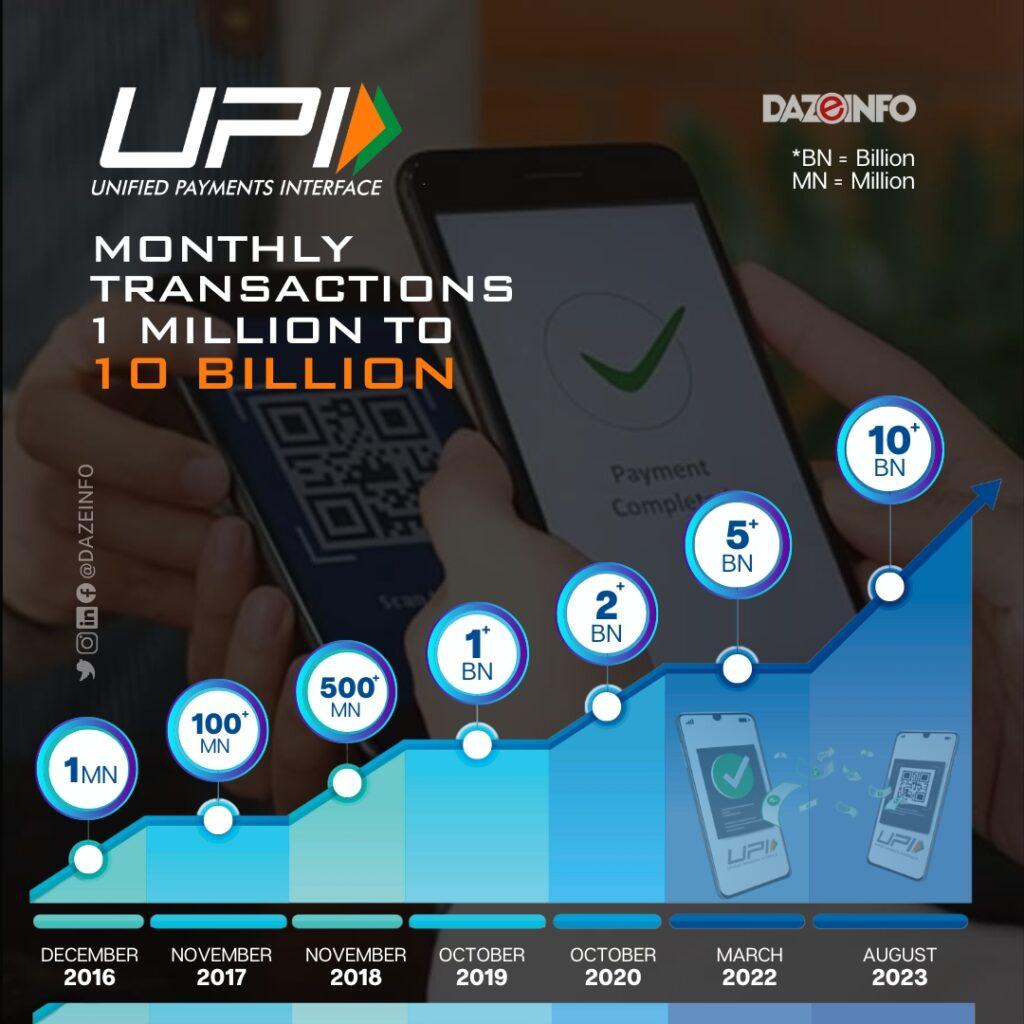As the world is witnessing digital revolution, few innovations have had as profound impact as QR code payments. The exploded adoption of smartphone, deep penetration of high-speed mobile internet connectivity and ease of instant payment settlement has been fuelling the growth of QR code usage. As a result, the global QR code payments is expected to touch $2.9 billion in 2023.
Over the course of next five years, the QR code payment technology is estimated to witnessed an astonishing 58% growth in the total amount transacted via QR codes, setting the stage for a financial revolution. By 2028, the global QR code payment market is projected to reach an impressive $4.8 billion, up from $2.8 billion in 2023.
At the forefront of this QR code payment revolution lies Southeast Asia. Popularly known as mobile-first region, many countries has experienced a surge in e-commerce activity, driven by a growing middle class and increased internet penetration. However, a significant portion of the population remains unbanked or underbanked. As a results, QR code payments are widely accepted across various sectors, from street vendors to large retailers. This ubiquity makes QR codes a practical choice for daily transactions.
The volume of QR code payments in Southeast Asia is poised to surge from 13 billion in 2023 to a staggering 90 billion in 2028. The wider accessibility and dependency on QR code has become the driving force behind Southeast Asia’s remarkable growth in this sector.
While Southeast Asia and other developing markets are embracing QR code payments with open arms, Western markets and North America have been observing a totally different trend. The established contactless payment methods such as NFC, firmly entrenched in regions, have visible impact on the adoption of QR code payments. The slower adoption of the technology is a testament of the trend.
National QR Payment Schemes: Catalysts for Adoption
Asia, as a whole, is leading the global charge in QR code payments. Countries like India, Indonesia, Singapore, Malaysia, and Thailand have been strong proponents of QR code payments, focusing on interoperability for cross-border transactions.
The success of national QR payment methods, specially India’s UPI and Brazil’s Pix, has played a pivotal role in encouraging market adoption. Their exceptional acceptance and success have prompted the implementation of similar national schemes in 2023 in Kenya and Bangladesh.
The United Payment Interface (UPI) has orchestrated a monumental QR code payment revolution in India, marked by the recent celebration of a staggering 10 billion transactions milestone. What’s truly astounding is that this remarkable feat was accomplished in just seven years, a testament to the rapid evolution of digital payments in the country’s dynamic landscape.

India is leading the adoption outside of China, with major digital wallet providers implementing QR code payment functionality since 2016 through the UPI (Unified Payments Interface). This system has even achieved international interoperability with 25 countries in addition to the EU.
Becoming the most popular form of contactless payment, QR payments have maintained strong usage in China since 2011.
International interoperability has long been offered by payment giants like Alipay, but now national QR payment standards are harmonizing across borders, enabling broader interoperability. For instance, Indonesia, Malaysia, and Thailand have already unified their payment standards, allowing businesses to accept payments from international visitors using their domestic digital wallets. Singapore and the Philippines are also set to collaborate by the end of 2023, further streamlining payments across the region.
In conclusion, the QR code payment revolution is reshaping the global financial landscape. Payment providers are encouraged to collaborate closely with legislative bodies to promote interoperability, which will further boost the adoption of QR payments worldwide. As financial inclusivity becomes a reality for more people, QR code payments are poised to bridge the digital financial divide and provide access to a world of financial opportunities.

